Materials Science
-
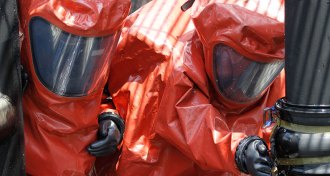 Materials Science
Materials ScienceToxic chemicals turn a new material from porous to protective
A new material switches from a comfortable, breathable form to a sealed-up, protective state when exposed to dangerous chemicals.
-
 Materials Science
Materials ScienceEggshell nanostructure protects a chick and helps it hatch
The nanoscale structure of a chicken eggshell changes to fulfill different functions as the egg incubates.
-
 Materials Science
Materials ScienceLive heart cells make this material shift color like a chameleon
A new material made of heart cells from rats and hydrogel changes color as the living cells contract and relax.
-
 Life
LifeEarwigs take origami to extremes to fold their wings
Stretchy joints let earwig wings flip quickly between folded and unfurled.
-
 Physics
PhysicsGive double-layer graphene a twist and it superconducts
When graphene layers are twisted to a “magic angle,” the material superconducts.
-
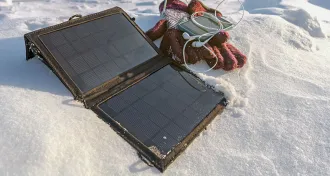 Chemistry
ChemistryExtreme cold is no match for a new battery
A rechargeable battery that works at –70° C could be used in some of the coldest places on Earth or other planets.
-
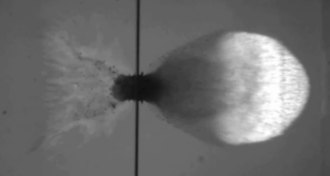 Astronomy
AstronomyWatch an experimental space shield shred a speeding bullet
Engineers tested how well a prototype shield for spacecraft would stand up to space debris by shooting it with a solid aluminum pellet.
-
 Materials Science
Materials ScienceNew technique shows how 2-D thin films take the heat
A new method exposes how 2-D materials react when heated, which could help engineers build sturdy next-gen electronics.
-
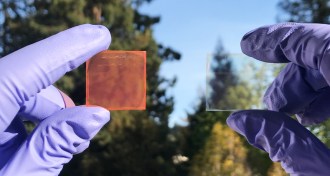 Materials Science
Materials ScienceSmart windows could block brightness and harness light
A new type of material pulls double-duty as window shade and solar cell.
-
 Materials Science
Materials ScienceSkyrmions open a door to next-level data storage
Skyrmions are tiny magnetic swirls that are hard to undo and may be perfect for miniaturizing electronics.
-
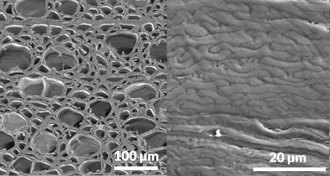 Materials Science
Materials ScienceSuperdense wood is lightweight, but strong as steel
New superdense wood could be a more lightweight, environmentally friendly alternative to current construction materials.
-
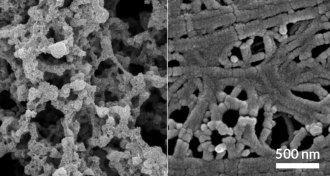 Materials Science
Materials ScienceNew textile weathers temperature shift
Reversible textile keeps skin at a comfortable temperature with thin layers of carbon and copper.